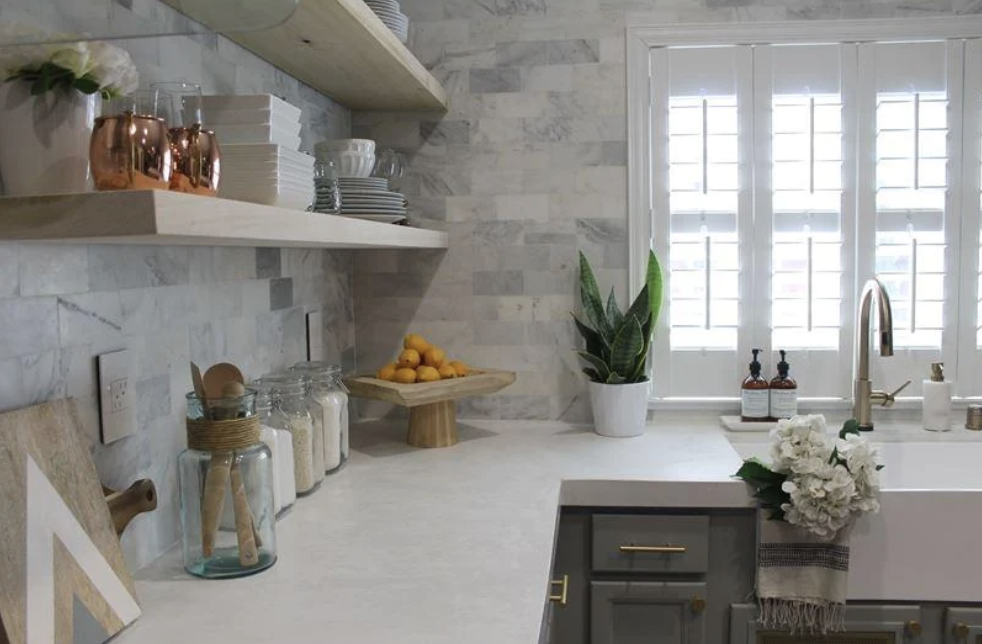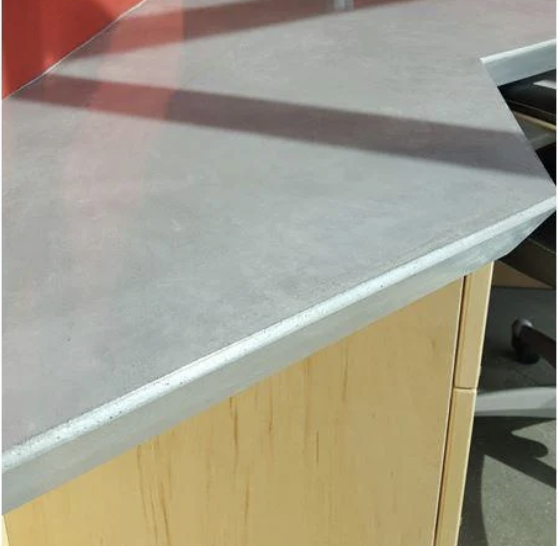How Is Concrete Sealer Applied?
Sealing concrete is a vital step in ensuring that any concrete surface is protected from environmental conditions, chemicals, spills, and stains. For concrete located outdoors, like driveways, freezing and thawing can damage the surface. Oil, salt, and other chemicals, like fertilizer, can be spilled onto outdoor concrete. Concrete is porous, and these spills can easily penetrate into the surface, causing stains that cannot be removed. For concrete located indoors, such as countertops, the sealer protects the surface from scratches and other damage, as well as from food and drink spills.
When sealing concrete, the first step is always surface preparation. Make sure that the countertop is clean and free from dirt, grime, oil, and any other substance that may affect the adhesion of the sealer to the concrete surface. If there is a previous sealer, a lot of manufacturers recommend removing the old sealer prior to the installation of the new one.
Once the surface is ready, the sealer can be applied. This sealer usually is applied using a roller. The type of sealer you use will determine the right application technique. If you opt for a concrete sealer with a natural look and a low-luster sheen, the perfect sealer for your countertop is the Concrete Countertop Solutions Z SiAcryl 14. This water-based penetrating sealer is especially made for countertops and will not darken. It is able to resist stains and repel a lot of the usual foods and beverages that make us worry about the countertop every time they spill, such as wine, mustard, and vinegar. If properly applied and cured, it will serve you well with your indoor or outdoor kitchen and countertop activities. It can be coated over by Z Counter-Shine if a glossier look is preferred.
If you prefer something more topical, with less maintenance, our Z Aqua Poxy is a customer favorite. This sealer will put a hard clear shell over the concrete, leaving it smooth to the touch, and exhibiting a semi-gloss finish. (See image 1 below)
Aqua Poxy can also be taken down to a matte finish as well by using a maroon Scotch Brite pad by hand and lightly rubbing over the surface.


